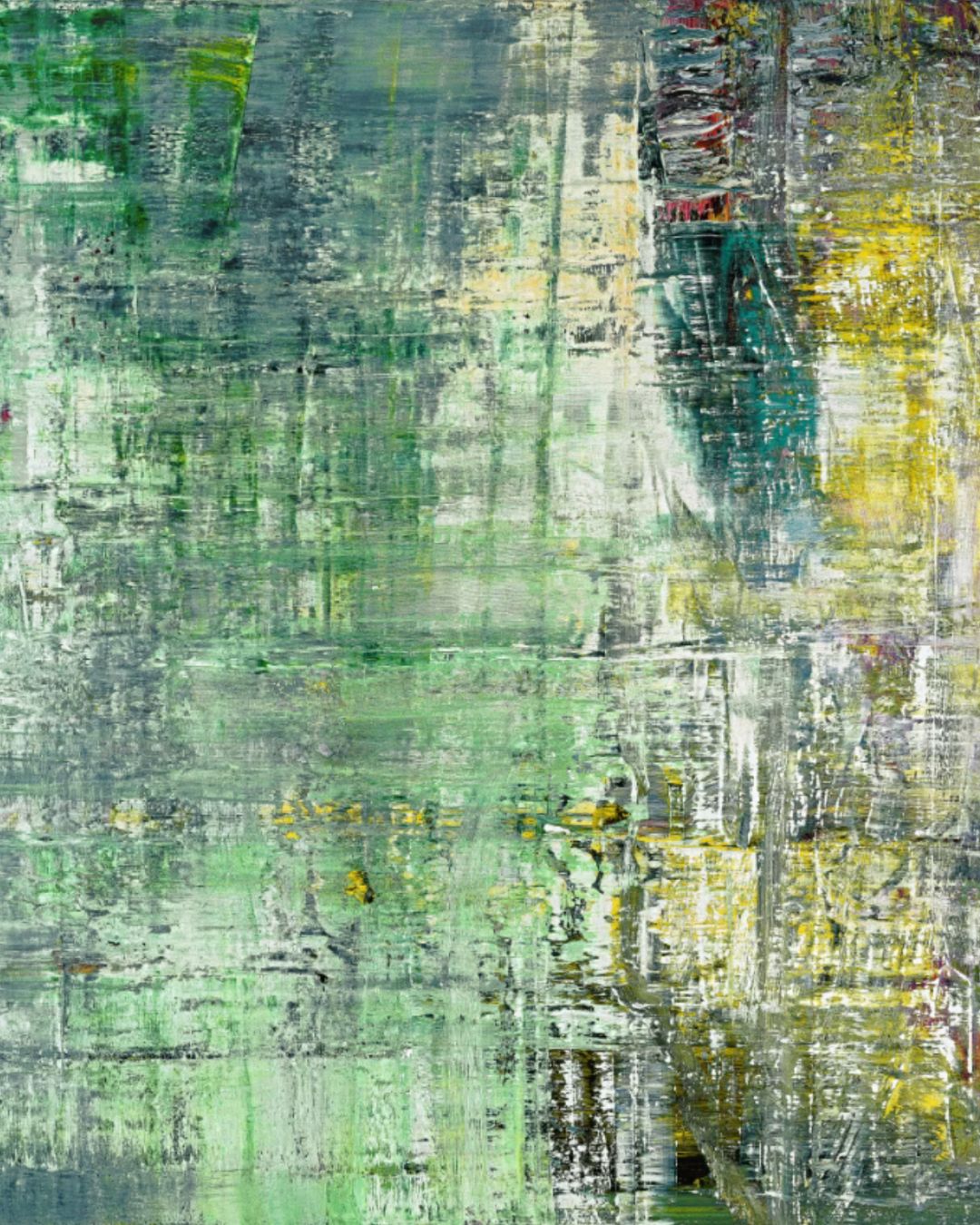Gerhard Richter at the Louis Vuitton Foundation
From October 15, 2025, to March 16, 2026, the Fondation Louis Vuitton presents a major retrospective dedicated to Gerhard Richter, a leading figure in contemporary painting. More than 150 works trace over six decades of experimentation, from 1962 to 2024, offering a journey through the history of a gaze — that of an artist who has never ceased to question vision, memory, and reality.
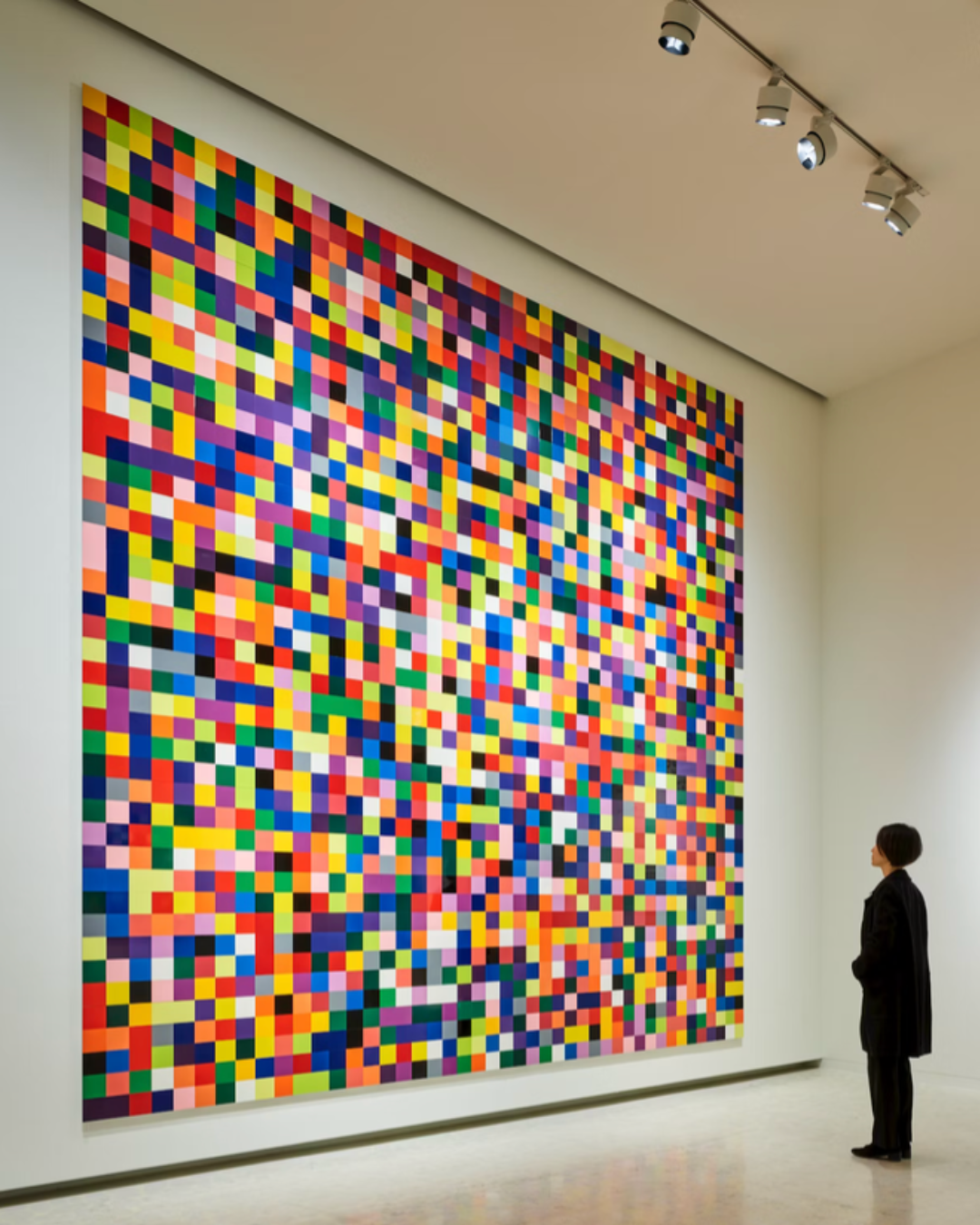
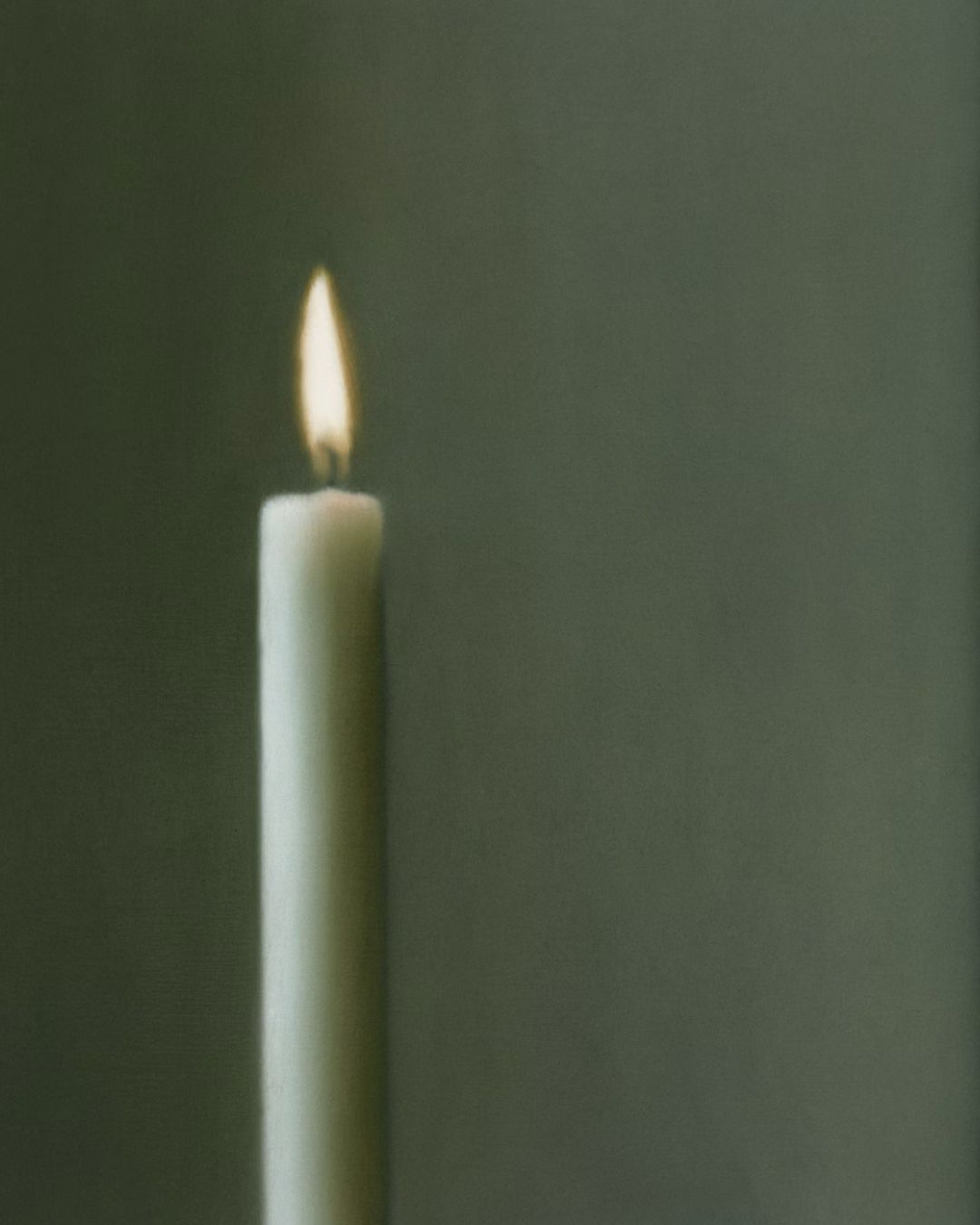
The first rooms feature Richter’s iconic paintings based on photographs: family scenes, landscapes, historical figures. Yet nothing here is entirely clear. Blur — Richter’s signature — acts as a veil: it turns the image into a memory, certainty into fragile perception. Painting becomes an act of distance, an attempt to hold on to what is fading.
In these works, memory blurs and time stretches. The artist does not seek to freeze the world, but to question it: what remains when everything wavers?
Further along the exhibition, color takes center stage — free, radiant.
The large-scale abstract works unfold their scraped surfaces, layered pigments where each gesture erases as much as it reveals. With 4900 Farben, Richter pushes experimentation to the extreme: a mosaic of colored squares arranged in endless variations, vibrating like a field of light.
Here, painting becomes pure visual energy. Each panel, each hue, each material accident seems to breathe. The gaze no longer reads an image; it moves through it.
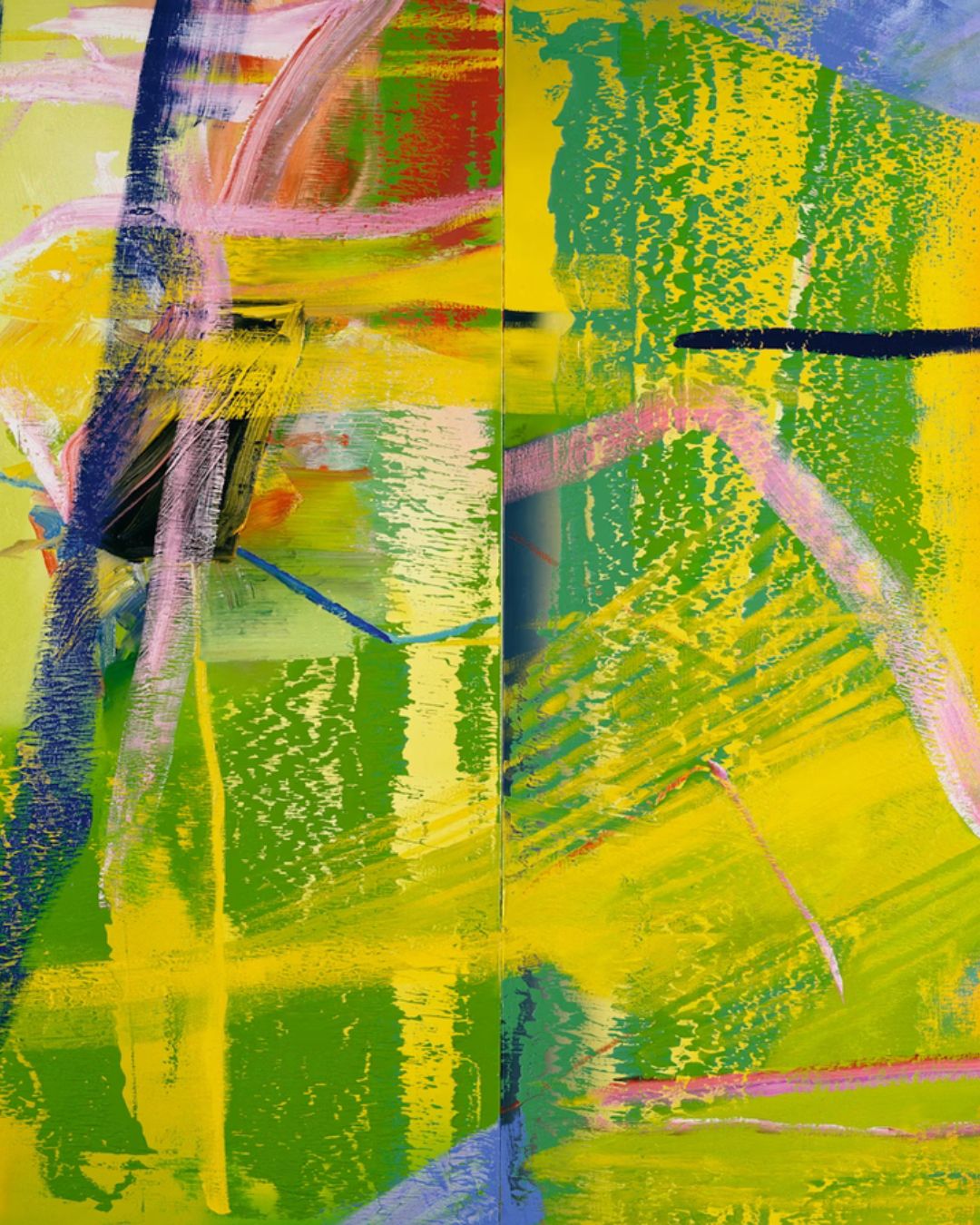
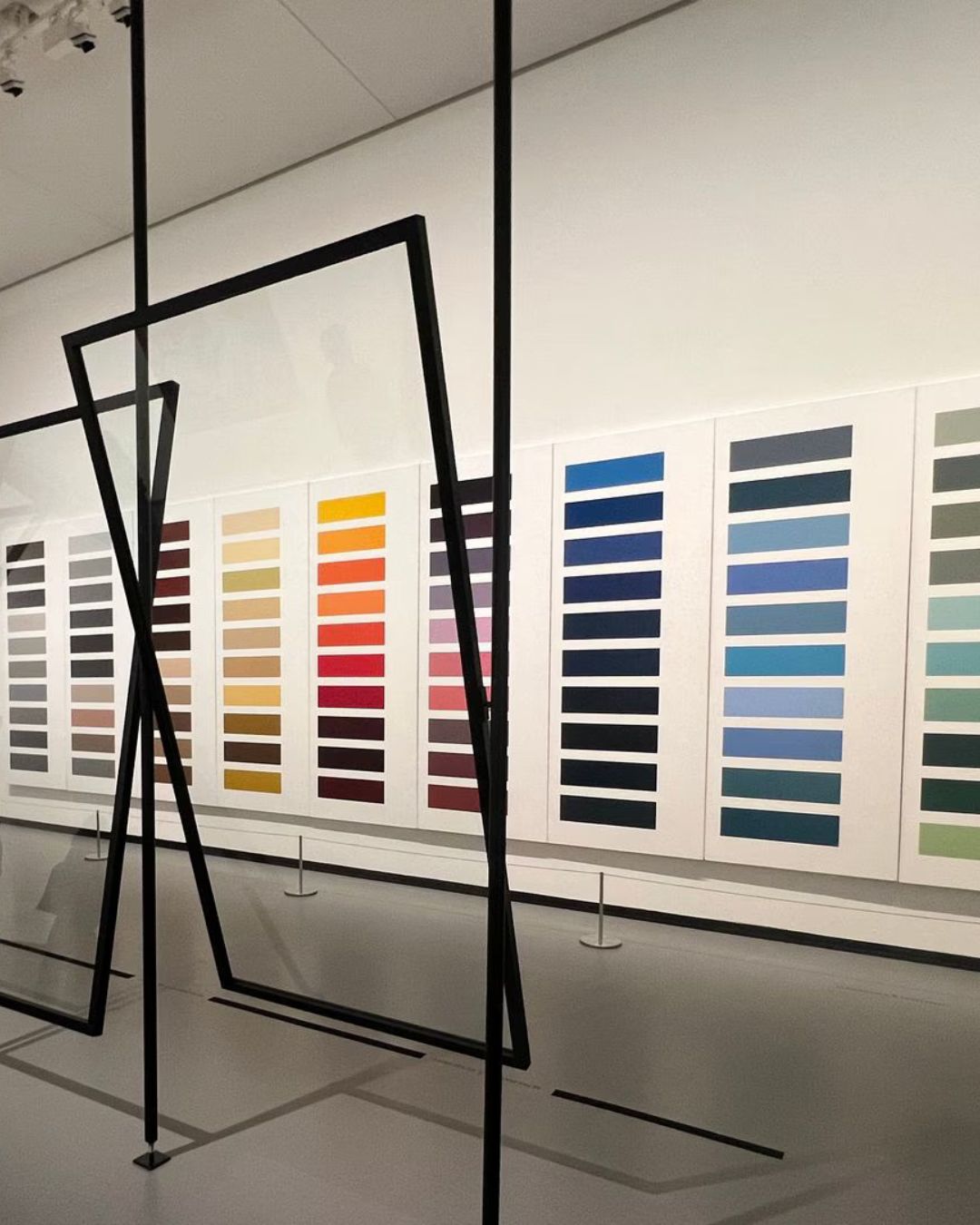
The glass sculptures and polished steel panels extend this exploration of the visible.
In these works, the viewer becomes an active participant: reflected, doubled, dissolved.
The boundary between painting and architecture fades. Richter shifts the question from representation to perception.
Each room invites slowness. Before a blurred portrait, a softened landscape, an abstract surface, the visitor rediscovers a rare form of attention. Nothing is demonstrative; everything vibrates silently.
Richter paints doubt, transition, tremor — a way of inhabiting time that is both lucid and sensitive.
When leaving the Fondation, the light over the Bois de Boulogne seems different. It still carries something of Richter’s gaze: a transparency, a disturbance, a calm intensity.
This exhibition is not only a tribute to one of the greatest living painters; it is an invitation to see differently, to accept that art, like life, is never entirely clear, but always in motion.
